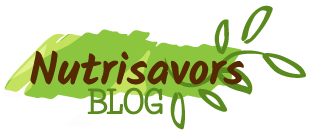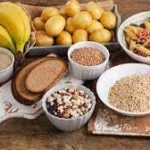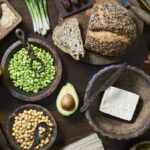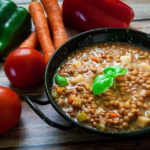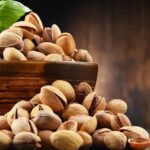Currently in Spain, an average of 9.8 g of salt per person is consumed per day. This figure is considerably different from the recommendations made by the World Health Organization (WHO), which recommends that the daily amount of salt that should be ingested should be less than 5 g/day (which is equivalent to a level dessert spoon). ). As you can see, the intake of Spaniards is approximately double the recommendations of health organizations. But is the amount of salt we eat really important?
We consume too much salt
Well, the answer is emphatically YES. Numerous studies have shown that excessive salt consumption causes an increase in blood pressure, which can lead to the development of hypertension. Furthermore, this increase in pressure is very closely related to diseases such as cardiovascular diseases, which are one of the leading causes of death worldwide.
What foods contain the most salt?
That is why it is very important to know which foods provide the most salt in the diet since this is not only found in the salt shaker, but is part of many foods and which you can find out below:
- Processed products: many of these products have a high salt content, so it is important to look at the product label, where you can find the amount of salt it contains. This way you will know how much salt you take with that product and you will be able to compare them with other brands. Careful! Some manufacturers still label sodium instead of salt and these are not equivalent. If you come across a product like this and want to know its salt content, simply multiply the amount of sodium by 2.5.
- Preserves and canned foods: in general, canned foods and preserves have a high salt content. Therefore, it is advisable to always choose fresh foods.
- Cheeses: they have a high salt content, especially the cured ones. They also have a high amount of fat, so consumption of this type of cheese should be moderate.
- Sausages: in the same way as cheeses, cured ones are those that have a higher amount of salt. Among the saltiest we find cured ham, chorizo, salchichón or fuet.
- Bread: bread is one of the basic and essential foods in the diet, although it must be taken into account that it contains a considerable amount of salt. In the market you can find salt-free bread, an especially advisable option for those people who must keep stricter control of the salt they consume.
Recommendations for high blood pressure
How can we reduce salt intake?
Many people may think that eating no added salt or low-salt foods is bland and boring. But this is not true. There are many ways to get a very tasty dish without the need to add even a pinch of salt. Below we give you some tips to achieve this:
1 . Put aside the salt shaker and try cooking with different spices or aromatic herbs that will give a different touch to the dish. Have you tried boiling pasta with a bay leaf and a clove of garlic?
2 . When it comes to dressing we are never short of oil, vinegar and salt. Well that can change. Prepare a vinaigrette with olive oil, vinegar and the juice of one lemon and you will see the irresistible touch you give to your salad without the need to add salt.
3 . Remember that you can eat with little or no salt, even outside the home. You can ask the waiter, whenever possible, not to add salt to your preparation and, in any case, to bring you the salt shaker. This way you can control the amount of salt you add to the dish.
4 . Try to incorporate seasonal fruits and vegetables into all meals. These foods have a very low salt content. For this reason, and many others, they should always be present at meals. Furthermore, if you choose seasonal fruit and vegetables, they are at their best in terms of both flavor and smell, as well as nutrient concentration.
5 . When cooking vegetables, for example boiled, if you do not add salt they tend to be very bland. For this reason, we recommend steaming vegetables as this helps ensure that their mineral micronutrients, including sodium, are not lost during cooking. This way you will maintain their natural sodium content in the vegetables and they will be tastier.
6. Try to choose fresh foods instead of preserved foods. As has already been seen, the salt content of the latter is much higher.
7. In the case of eating canned foods, the recommendation is to throw away all the liquid from the jar as well as rinse the food well. For example, this is the case of canned beans; if they are rinsed, we remove the excess salt they contain.
8. Be careful with sauces such as ketchup, mustard or soy sauce. They have a high amount of salt and, therefore, whenever possible it is better to avoid them.
9. When choosing a cheese, remember that it is preferable to choose those that are low in salt. In the market you will find different varieties that provide a much lower amount of salt.
10. The sausages that contain the least amount of salt are cooked ham and turkey. Additionally, not only do they have a lower salt content than cured sausages, but the fat content is also lower.
You should keep in mind that these tips are for people who want to reduce their salt consumption. If you find yourself in a situation that requires taking into account a diet for hypertension, do not hesitate to put yourself in the hands of a dietician-nutritionist who will exhaustively control the amount of salt in your diet, and will help you to ensure that your diet remains just as appetizing.
